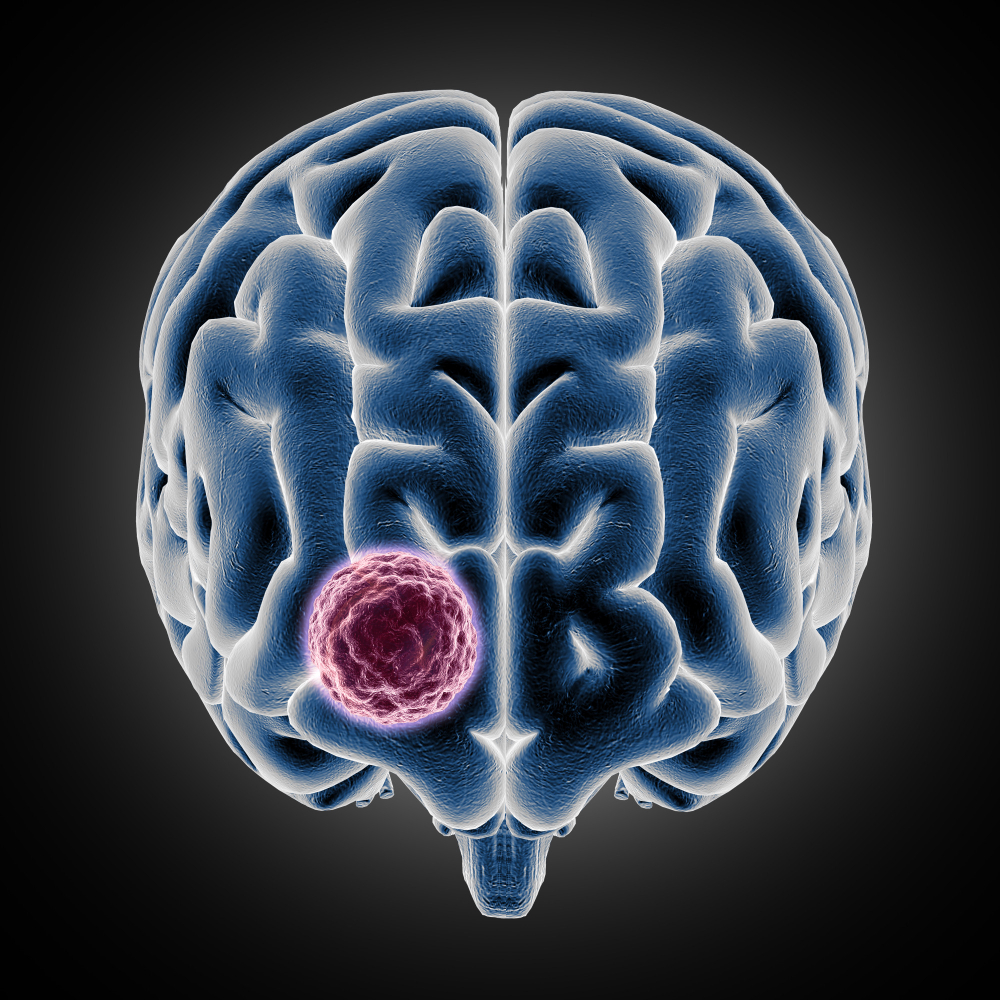


Brain tumors are masses that form due to uncontrolled cell growth in the brain tissue or nearby areas. Tumors can be either benign (non-cancerous) or malignant (cancerous).
Classification
Primary Tumors: Tumors originating from the brain itself
Glial Tumors: Includes types such as glioblastoma, astrocytoma, oligodendroglioma.
Meningiomas: Arise from the meninges (the protective membranes surrounding the brain). These are usually benign.
Nerve Sheath Tumors: Such as schwannomas, which arise from the cells that cover the nerves.
Secondary (Metastatic) Tumors: Tumors that result from cancer spreading from other parts of the body to the brain. Lung, breast, and melanoma are common sources of metastasis.
Symptoms
Headache (can be more intense in the morning)
Nausea and vomiting
Seizures
Vision, speech, or hearing problems
Mental and behavioral changes
Weakness or numbness in the arms or legs
Diagnosis and Imaging
MRI (Magnetic Resonance Imaging): The most commonly used method to determine the location, size, and structure of brain tumors.
CT (Computed Tomography): Preferred for assessing conditions such as bleeding or calcification.
Biopsy: Pathological examination of tissue taken from the tumor for definitive diagnosis.
Treatment
Surgery: Removal of the tumor is typically the first step.
Radiotherapy: Used to kill cancer cells or slow their growth.
Chemotherapy: Targets tumor cells using drugs.
Targeted Therapies: Modern treatments that focus on specific molecular mechanisms.
Prognosis
The prognosis of brain tumors depends on factors such as tumor type, grade, location, and the patient's overall health. Early diagnosis and treatment can improve the prognosis.